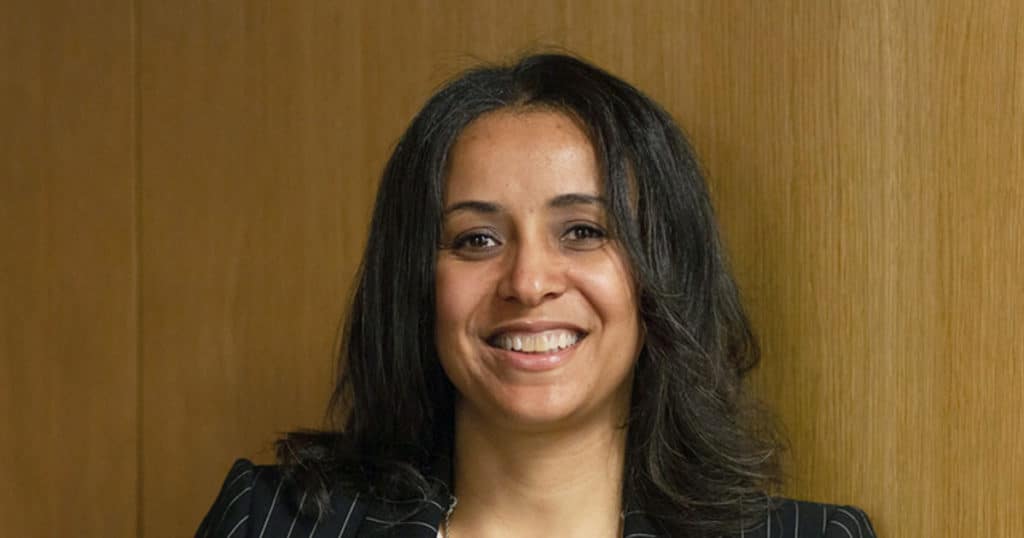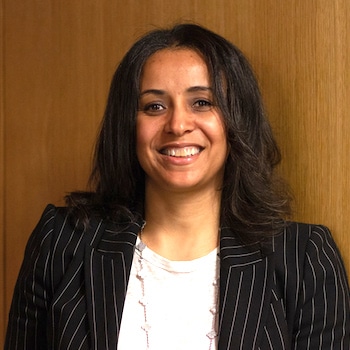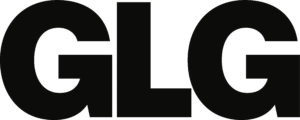The Q&A—On Better Goal-Setting

With GLG’s Catrina Harding

Q: As much as we love New Year’s resolutions, most of us are notoriously bad at following through on them throughout the year. What’s your approach to goal-setting at the beginning of this year?
My philosophy is that it’s important to set goals at the beginning of the year – but it’s just as important to be flexible as circumstances change.
Every January I ask myself: What are the top two to three things I need to execute this year? And I keep those in mind as my North Star. But life is unpredictable, and work is unpredictable, so I make sure I maintain a reasonable level of flexibility with the goals I establish. If business conditions or strategies change, or something changes personally that makes my goals obsolete or not as relevant, I allow myself room to change them. It’s important to be OK with adjusting your goals when it makes sense. It’s when you don’t give yourself permission to make changes that you get stuck or boxed in.
This has been a personal evolution for me. When I started out in my career, I was maniacal about setting as many goals as possible and checking every box I could. But as I became more experienced, I realized this was just creating unnecessary stress.
Q: Some of us have no problem setting goals. The big challenge is in meeting them because of too many goals or distractions! How do you recommend people make their goals ambitious but realistic?
One of my favorite phrases is: “Don’t boil the ocean.” It means don’t set yourself an impossible objective. We do not live in a world with unlimited resources, time, and money. Therefore, we must be realistic and judicious about what we can accomplish and when. We also have to think about the people impacted by the goals we set, realizing it takes time to gain their support and that distractions grow when people are not aligned with where you’re going. In agile methodology, the smallest executable step is a perfectly reasonable goal. Once accomplished and validated, you can set a new goal, and so on.
And remember, flexibility is key. If circumstances change, your goals should too.
Q: What are some of the other most common mistakes you find that people tend to make when setting—and pursuing—their goals?
There are two common mistakes:
- Setting too many goals. I recommend narrowing your priorities down to the three to five most important and impactful; more than that, and you’re usually setting yourself up for frustration. People don’t like this advice! I remember the first time I tried to establish a formal goal-setting process for a company, it was a Herculean effort to get people to limit themselves to five goals. Their attitude was the more goals the better, and they wanted to list everything they did so they could get credit. But those aren’t goals, those are tasks. That’s important, but it’s different. And setting too many goals can ultimately distract you from the big priorities.
- Being too much of a perfectionist. This is hard advice for many of us, including me. I am very much a perfectionist by training, but I’ve learned with the benefit of hindsight not to try to achieve perfection in everything. It’s important to set high standards, but if you’re too much of a perfectionist, any time you don’t hit it out of the ballpark it will drive you crazy, and you’ll just end up discouraged.
Q: What is one of the best uncommon tips you’ve discovered for helping people set effective goals?
Be aware at all times of the circumstances surrounding you that could have a direct or indirect correlation with or impact on the goals you set. And always understand the unintended consequences of the goals you set. We are often so focused on the solution or goal that we do not think about the effect it may have on stakeholders, processes, systems, etc. If the circumstances or unintended consequences warrant a change in your goal, you should not take pride of ownership, but instead be flexible enough to change. It is not a failure. It is, instead, setting you up for success.
Flexibility does not mean giving up. It means you reserve the ability to adjust goals based on new circumstances. It’s also a recognition of what you can reasonably achieve.
Q: What are two or three of your favorite resources for tracking your progress toward your goals?
- My first favorite resource is very low-tech. I’m a technology addict like the rest of us—but when it comes to tracking progress against goals and documenting my ideas, I am still an old-fashioned paper-and-pen person. There is something freeing about not having the rigidity of PowerPoint, Excel, or Word that opens up my creativity and helps me think more clearly. If my ideas turn into more complex strategies or goals, then I will capture them in a goal management platform or in PowerPoint.
Also, I believe when it comes to short-term tasks (i.e., items I plan to execute within seven days) that documenting on paper is the best way to ensure that it’s visually top of mind. Plus, putting down a check mark always provides a sense of accomplishment.
- My second favorite resource is to leverage project management methodologies and tools when the goals I’ve established require one or more projects to deliver. I go through all the traditional project management steps to ensure I am setting up the project for success, including project scoping to ensure the key elements are captured; a stakeholder analysis to know who I need to engage, how, and when; a project plan to ensure the project participants and I stay on track; and communication and launch plans to ensure sustainable success. I’ve found it’s worth the upfront effort and critical to getting the project right.
- My third favorite resource is to leverage change management tools. Most goals require some level of engagement from others or will impact others. No one is a one-person show in this life. I’ve found that being mindful of the impact decisions, goals, or changes will have on others and engaging them in the process early is critical for change to be successful and to stick.
My favorite change management tools are Threat-Opportunity Analysis, Forward & Backwards Imaging, Stakeholder Impact vs. Readiness Analyses, the 7 Systems & Structure Impact assessment, and the old-school Elevator Speech. Most of what I do in HR requires broad organizational support, so making sure you consider all sides, and bring people along at the pace and the way they want to come along, is mission critical.
Catrina Harding serves as Chief Human Resources Officer at GLG, the global knowledge marketplace trusted by leading decision makers. A native of Detroit, Catrina has more than 20 years of senior leadership experience at the intersection of business and people strategy.
Sponsored by
